
News . Feature Stories . Brouillard leaves CIA Ceramics, heads to studio full time
News
May 10, 2016
Brouillard leaves CIA Ceramics, heads to studio full time
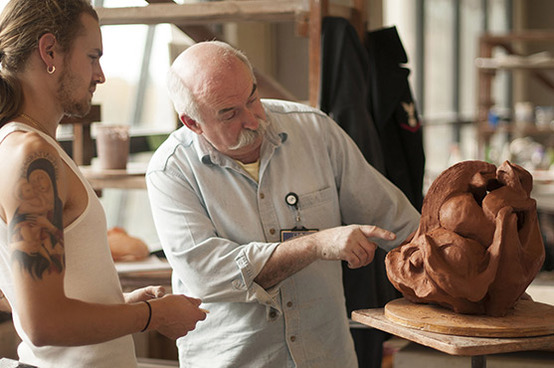
By Karen Sandstrom
People who know retiring ceramics professor William Brouillard want you to understand that Brouillard is not just about clay. He makes furniture, too, they’ll tell you. A quality of reverence comes over their voices. He’s a master.
Brouillard has brought mastery into the ceramics studio at the Cleveland Institute of Art for 36 years. He shares not just his understanding of clay, but gung-ho enthusiasm for all kinds of making. In clay, he specializes in platters and pottery decorated majolica-style. He also builds lidded vessels with a steampunk flare, and custom-designed tables for display or for dining.
Longtime teaching partner Judith Salomon, who retired last year, recalls seeing Brouillard’s tireless enthusiasm in action one day when Brouillard made his own contribution to a class called Table for Two.
“It’s a class he came up with maybe 10 years ago,” Salomon says. Students were to make dinnerware for two people. On the day that they were to exhibit their work, Brouillard walked in with a container of collapsible tables for each student’s work.
“He made all the wooden tables for this project,” Salomon says. “There must have been 10 or 12 tables. They’re beautifully made. He came up with the design. But all this stuff was thought about.”
This might explain why, as Brouillard begins retirement, he’s looking forward to busy days. A prolific craftsman, he has consistently made time to toil in his Tremont ceramics studio. Between teaching and studio work, he has been putting in about six and a half days of work each week, he says. Now that he can focus on the studio, though he jokes “maybe I can cut it down to six days.”
“I really do like it there,” he says. “I like being there.”
Upon retirement, Brouillard officially earned professor emeritus status at CIA. That’s a testament to his contributions as a faculty member, and a kind of underscoring of the qualities that earned him CIA’s Viktor Schreckengost Award for excellence in teaching in 2006.
And to think that he almost ended up as a shop teacher.
Brouillard grew up in a small town in Wisconsin and graduated in a high school class of about 110 students. ”The only art was when I would draw in study hall, and that was banned. You had to keep homework nearby that you could put over the top of it. “
Brouillard was pointed to a branch of the State University of Wisconsin, where he first majored in industrial education. “I was going to be a shop teacher,” he says. But he took some art classes, loved it, and changed his major to art education.
During a stint in the Peace Corps, Brouillard was drafted and sent to Vietnam. After his tour of duty ended, he returned to Wisconsin, studied clay with Don Reitz at the University of Wisconsin, then headed to Alfred University in Alfred, N.Y., where he met Salomon — another student — and earned his Master of Fine Arts in ceramics.
He spent a few years as a resident craftsman at the Penland School in North Carolina, building a body of work and a sense of his place in the market. Over the years, museums, corporations and individuals collected his pieces.
In 1980, Salomon — now teaching at CIA — helped recruit Brouillard to the faculty.
He describes his style of teaching as “probably more old-school,” though perhaps not in the way of legendary hard-core art teachers who aimed to reduce students’ to rubble as a character-building exercise.
“We actually had an old guy with a hammer and he’d come around and if he didn’t like your work, he’d break it,” Brouillard says. “I think there’s room for honesty in critique without that kind of theatrics. If people are really in difficulty, you’re going to be dealing with that one-on-one. You don’t want to hang somebody in public.”
On the contrary, his students underscore his generosity of spirit. Ceramics major Kimberly Chapman ’17 had experience with clay before she started at CIA. She says she came here specifically to study with Brouillard.
“He is patient, kind and full of wisdom,” Chapman says. “He’s understanding, but expects a lot. I about died when I saw the crazy amount of information he posts online for his classes — dozens and dozens of lengthy articles, technical information and reading lists, all extremely in-depth. I can’t image how long it must have taken him to post so many documents.”
On the last day of the semester, Chapman says, she and her classmates came in to find that Brouillard had set out “a display of a few dozen beautifully thrown, wood-fired mugs,” she says. “Inside each was his CIA business card. He told students to pick a cup and don’t hesitate to contact him or visit him in his studio.”
As he has given to students, though, Brouillard acknowledges that teaching has informed his work, steering him to research he might not otherwise have done.
“Most fields are so big that any one person only knows a small part of it,” he says. “Clay maybe more so than anything else. There’s so much that you can present.”
Over the years, Brouillard gave an assignment called “Surprise Me,” and invariably students did just that. “They’ll come back and say ‘I want to do this.’ They’ll have this idea and you’ll say ‘I don’t even know if that’s possible.’ And it might be some aspect of clay you don’t know anything about. Well, if you’re in education and you’re at all flexible, you say I have to find out more about this.”
Not that he needs an excuse to learn. In the absence of a new crop of students, curiosity may suffice. On his retirement to-do list, Brouillard might add an event called AirVenture Oshkosh. It’s an annual, weeklong convention of experimental aircraft that takes place at the end of July in Wisconsin.
Neither a pilot nor a plane aficionado, Brouillard always thought AirVenture would be fascinating. He loves the idea of seeing so many planes that people had designed themselves. “If you’re a maker,” he says, “when people are making stuff it doesn’t much matter what it is.”
Latest Headlines view all
-
April 24, 2024
Cleveland Institute of Art welcomes alum Omari Souza as 2024 Commencement speaker -
April 02, 2024
Cleveland Institute of Art students partner with Progressive Art Collection to exhibit Ready, Set, Relay! -
March 04, 2024
Cleveland Institute of Art announces Curlee Raven Holton Inclusion Scholar Program
Questions?
For more information about this or other CIA news, contact us here.
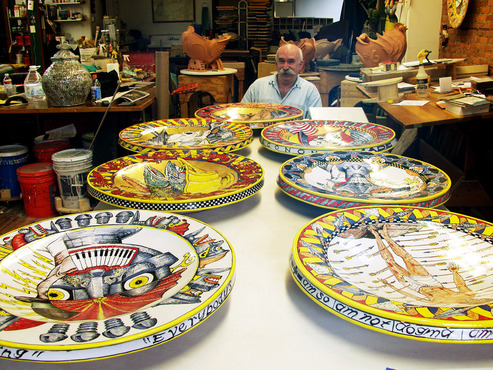


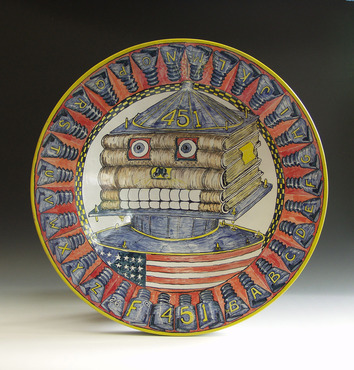

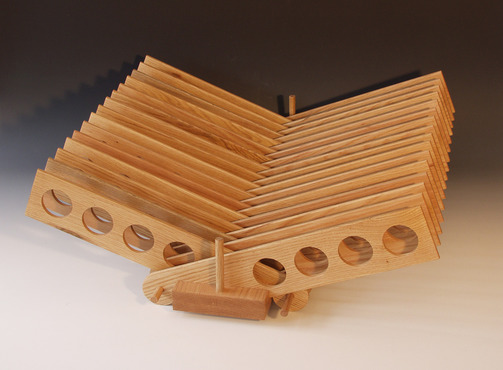


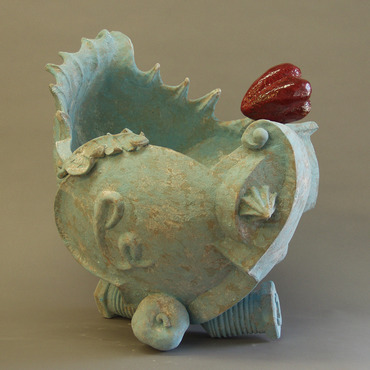
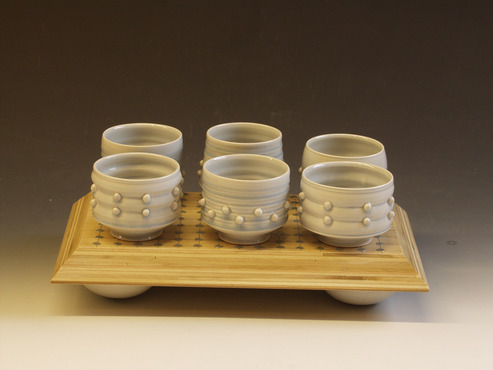
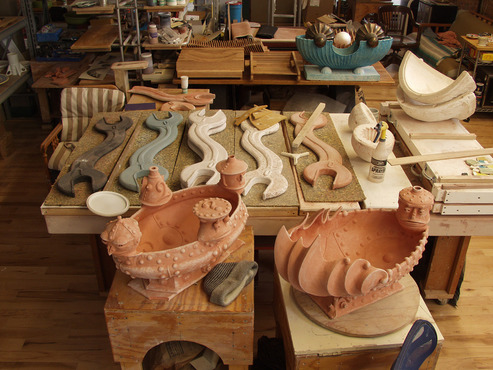














Social Feed